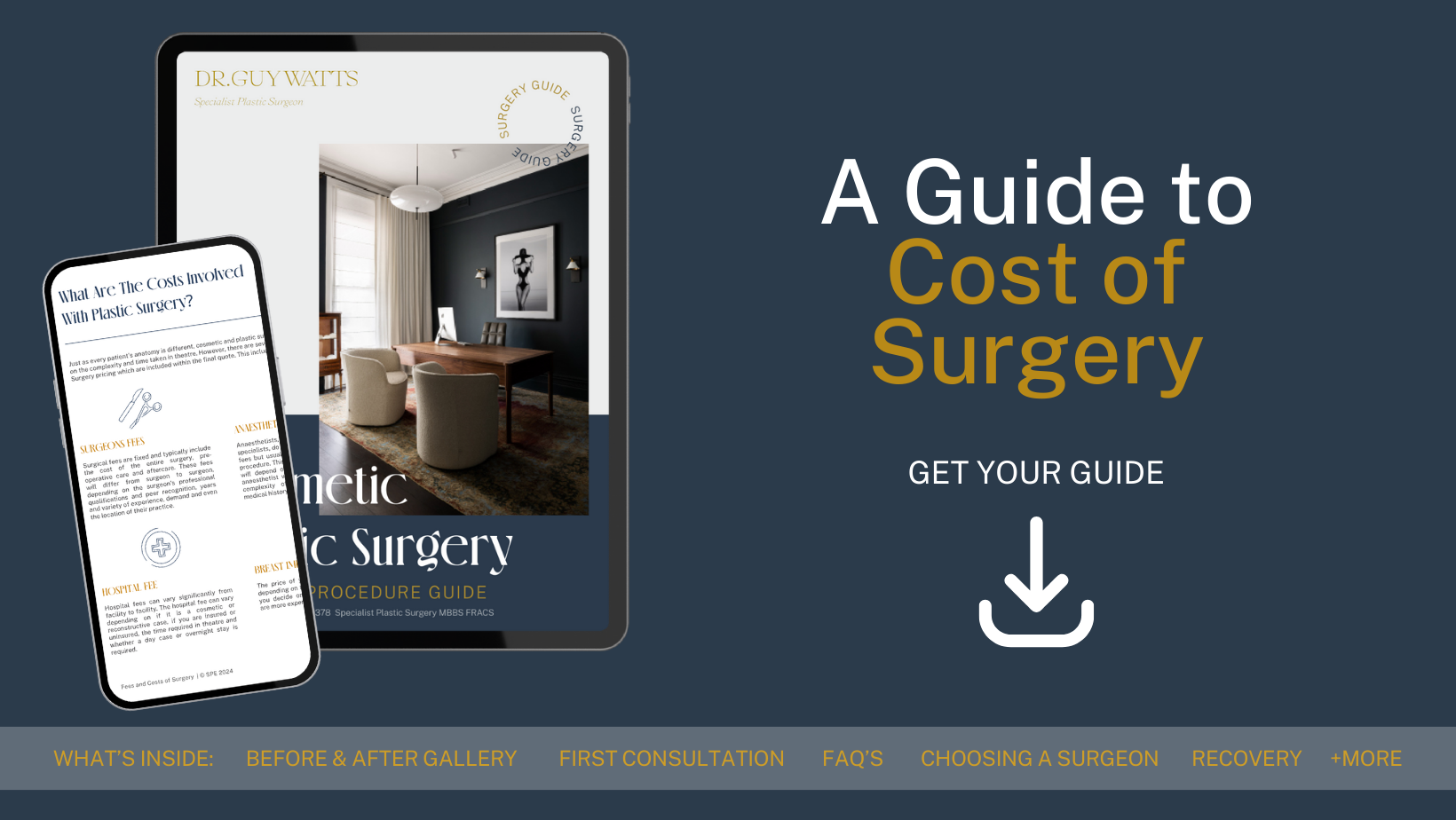Conditions for Using Super for Plastic Surgery
To access your super for plastic surgery, you must meet specific criteria set out by the ATO. Before anything else, the procedure must be considered medically necessary, rather than purely cosmetic. This means that the surgery is required to treat a diagnosed medical condition or alleviate significant physical or psychological distress.
Examples of medically necessary plastic surgery procedures that may be eligible for super release include:
- Reconstructive Surgery: If you’ve suffered an injury or illness that has caused significant physical disfigurement, reconstructive surgery can help with both function and appearance. For example, if you’ve suffered severe burns, super may be used to cover the cost of skin grafts and other reconstructive procedures.
- Breast Reduction: Women with excessively large breasts often experience chronic pain, skin irritation, and postural problems. Breast reduction surgery, also known as reduction mammoplasty, can alleviate these symptoms. If you have a documented history of these issues, you may be eligible to use your super to fund the procedure.
- Eyelid Surgery: Heavy or sagging eyelids can not only affect your appearance but also impair your vision. If your eyelids are obstructing your sight, you may be able to access your super to undergo blepharoplasty, a surgical procedure that removes excess skin and fat from the eyelids.
- Rhinoplasty: While often considered a cosmetic procedure, rhinoplasty can also be performed to address breathing difficulties caused by structural abnormalities in the nose. If you have a deviated septum or other nasal issues that affect your ability to breathe properly, you may be eligible for super release to fund your surgery. There are strict criteria which can be discussed in clinic.
How to Access Super for Plastic Surgery
If you believe you may be eligible to use your super to pay for plastic surgery, the first step is to consult with a qualified plastic surgeon like Dr. Guy Watts. During your consultation, Dr. Watts will assess your individual case and determine whether your desired procedure meets the criteria for medical necessity.
If Dr. Watts determines that your procedure is medically necessary, he will provide you with a detailed report outlining your diagnosis, treatment plan, and the expected benefits of the surgery. You will also need to obtain reports from other medical professionals, such as your GP or other health professional, to support your claim.
Once you have gathered all the necessary documentation, you can apply to your super fund for early release of your funds. Your super fund will review your application and supporting evidence before deciding whether to approve your request.
It’s important to note that the process of accessing super for plastic surgery can be complex and time-consuming. It’s not a decision to be taken lightly, as it can have significant long-term impacts on your retirement savings.
Common Misconceptions about Using Super for Plastic Surgery
There are several misconceptions surrounding the use of super for plastic surgery:
- One common belief is that super can be used to fund any type of cosmetic procedure, such as a facelift or breast augmentation. However, this is not the case. As mentioned earlier, super can only be accessed for plastic surgery procedures that are deemed medically necessary.
- Another misconception is that accessing super for plastic surgery is a fast and basic process. In reality, the application process can be lengthy and requires a significant amount of medical evidence to support your claim. It’s not uncommon for applications to be rejected if the super fund determines that the procedure does not meet the criteria for medical necessity.
- Some people may also believe that using super for plastic surgery is a “loophole” to access their retirement savings early. However, it’s crucial to understand that accessing super early can have serious long-term consequences. By withdrawing funds from your super account, you are reducing the amount of money available to you in retirement, which can impact your financial security later in life.
Risks and Considerations
Before deciding to use your super to pay for plastic surgery, you should carefully consider the potential risks and drawbacks. One of the most significant risks is the long-term impact on your retirement savings. By accessing your super early, you are reducing the amount of money that can grow and compound over time, potentially leaving you with a smaller nest egg when you retire.
Another risk to consider is the possibility of complications or unsatisfactory results from the surgery. As with any medical procedure, plastic surgery carries certain risks, such as infection, bleeding, or adverse reactions to anaesthesia. If complications arise, you may require additional medical treatment, which can further deplete your super balance.
It’s also important to consider the tax implications of accessing your super early. When you withdraw funds from your super account, you may be subject to tax depending on your age and the amount withdrawn. This can further reduce the amount of money available to you for your surgery and in retirement.








